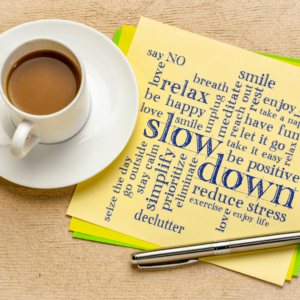“Top” women paid far less than men
The new Minister for Women has labelled Australia’s record of paying even it’s most senior female executives far less than men doing the same job “utter madness”.
The minister, newly elected Tanya Plibersek, has launched the latest research tracking the poor record of employers on equal pay. It showed that compared to their male counterparts, female CEOs earned a third less while other top female executives earned half of what men in the same roles took home.
The research, commissioned by the Equal Opportunity for Women in the Workplace Agency, looked at a variety of data including a survey of executive salaries within Australia’s top 200 publicly listed companies.
The survey showed that the median salaries of the highest paid female executives were less than their male counterparts in 9 of the 10 industry sectors reviewed.
Female chief financial officers and chief operating officers earned just half the wage of their male equivalents while human resources executives were paid up to 43 per cent less than men doing the same job. Even women in support roles were paid less than men doing the same work.
“What we are seeing from this research is a pattern of behaviour; companies at high levels of business are discounting the skills of women in comparison to men,” Ms Plibersek said.
“In the current skills shortage Australia is facing, we cannot afford not to value the highly skilled and professional women in the workplace we have.”
The Gender Income Distribution of Top Earners report, carried out by Macquarie University for the EOWA, also drew on data compiled by Graduate Careers Australia and the Australian Bureau of Statistics.
The latest Australian Bureau of Statistics figures show a 34.9 per cent pay gap between men and women’s average weekly earnings. Graduate Careers Australia data shows male graduates salaries in 2007 were higher than those awarded to female graduates in the same roles and their salaries continued to increase at a faster rate than female grads.
“It is clear that pay inequity starts in a women’s first job and puts her on the back foot for the rest of her career,” Anna McPhee, director of EOWA said.
Ms McPhee said there was also research that showed women who asked for pay parity were often marginalised. She said research by Linda Babcock, a professor of economics at Carnegie Mellon University in Pittsburgh late last year, showed that employers perceived a women who negotiated salary as “less nice,” and men were “less willing” to work with a women who had attempted to negotiate her salary than a women who had not.
At this stage the EOWA are unsure of how to improve the gender pay gap but acknowledge the situation requires action.
“Australia can not afford to continue to underpay women who are performing in the same highly responsible senior positions as men, especially at a time when the country’s prosperity is so dependant on the retention and attraction of talented people,” Ms McPhee said.
Ms Plibersek said the Federal Government would reduce the pay gap between men and women by addressing contributing factors such the cost of women spending periods of time out of the workforce to raise families.
There is no specific Government policy currently in place that directly addresses the pay parity issue.


